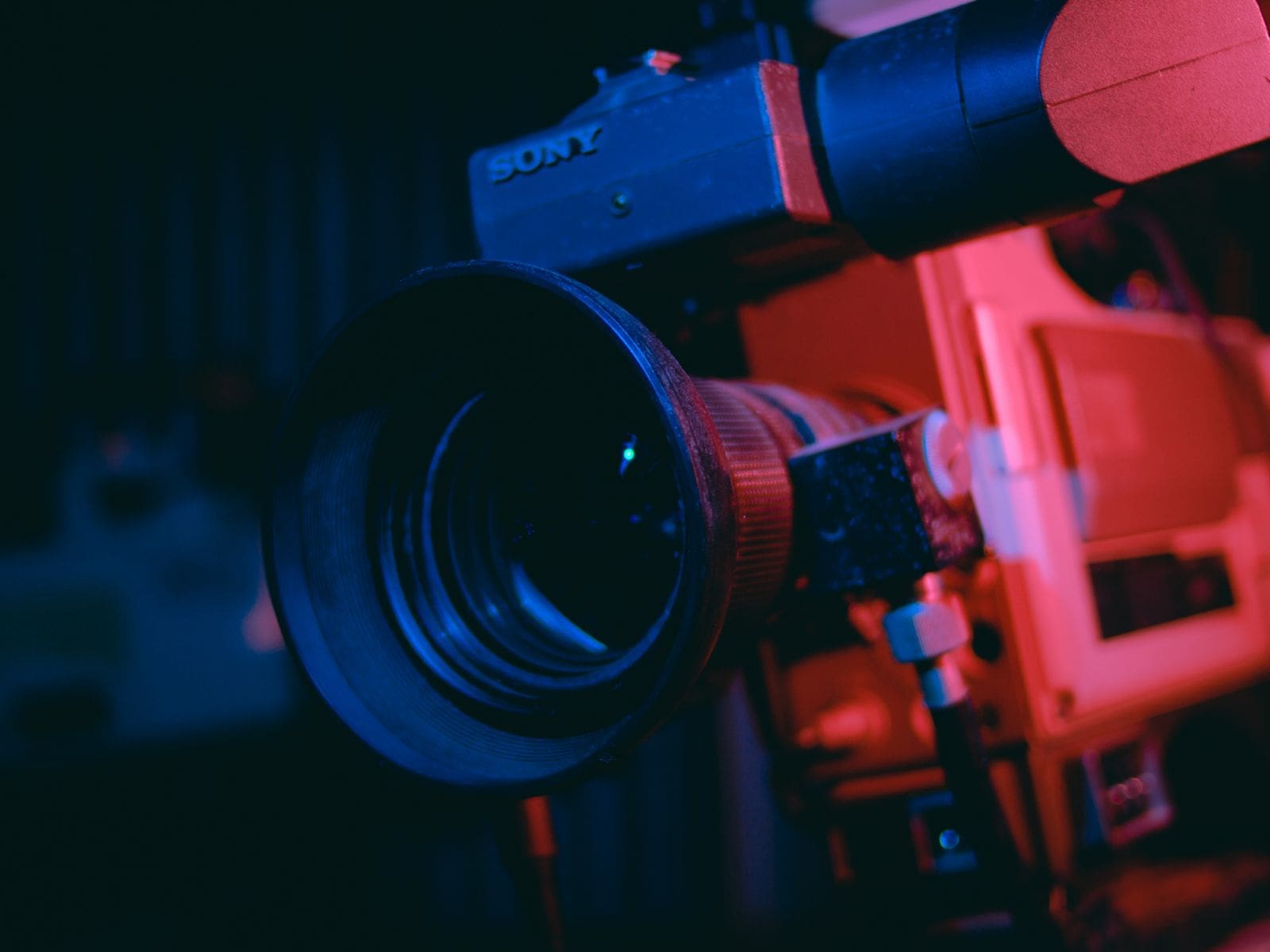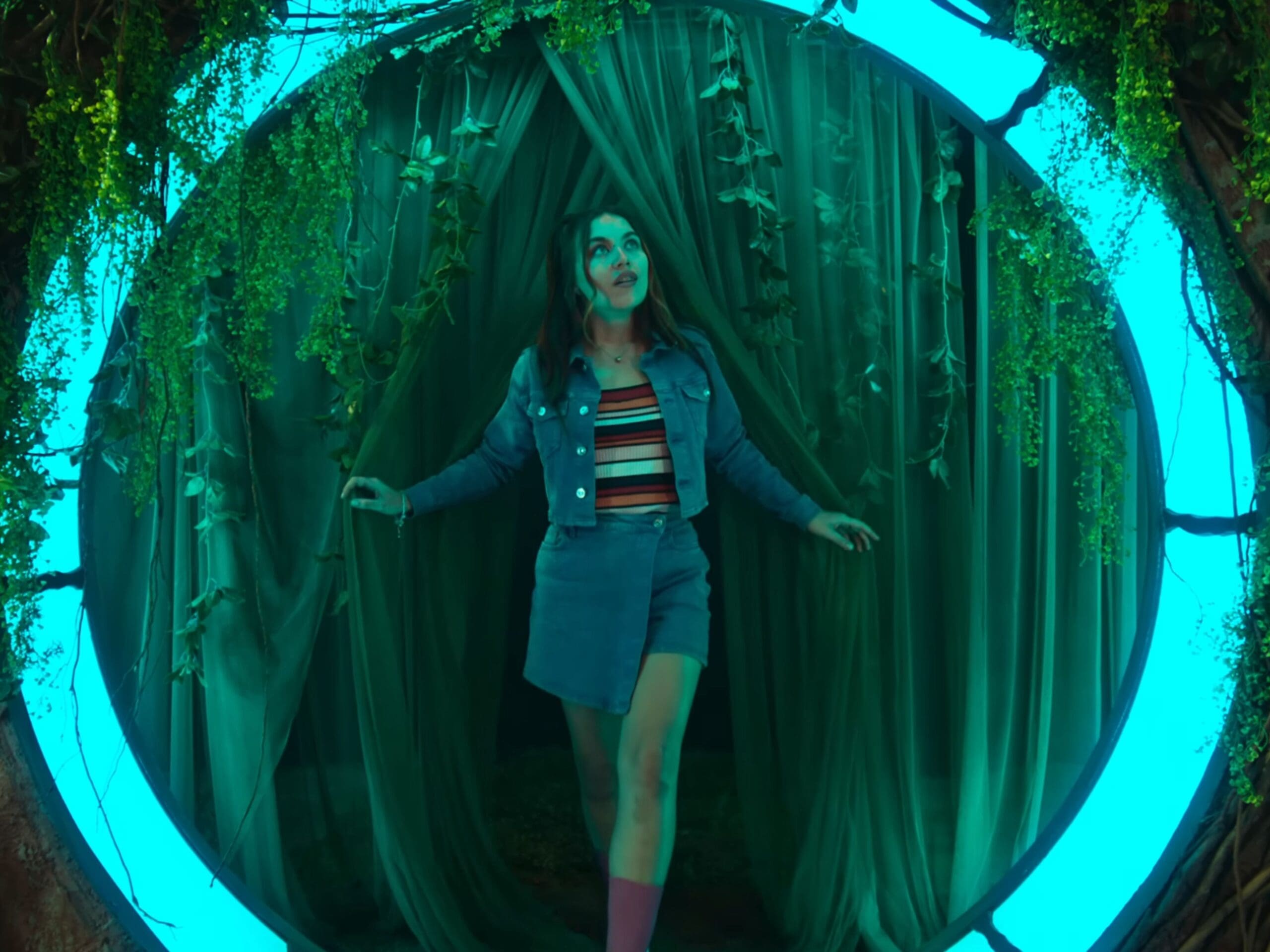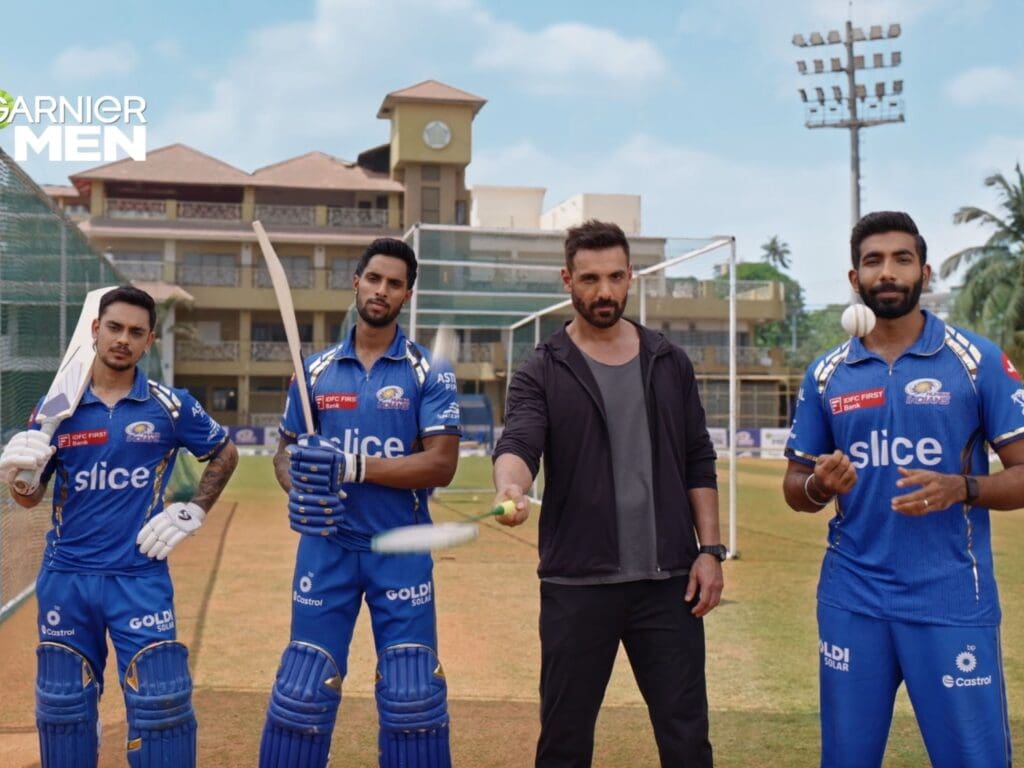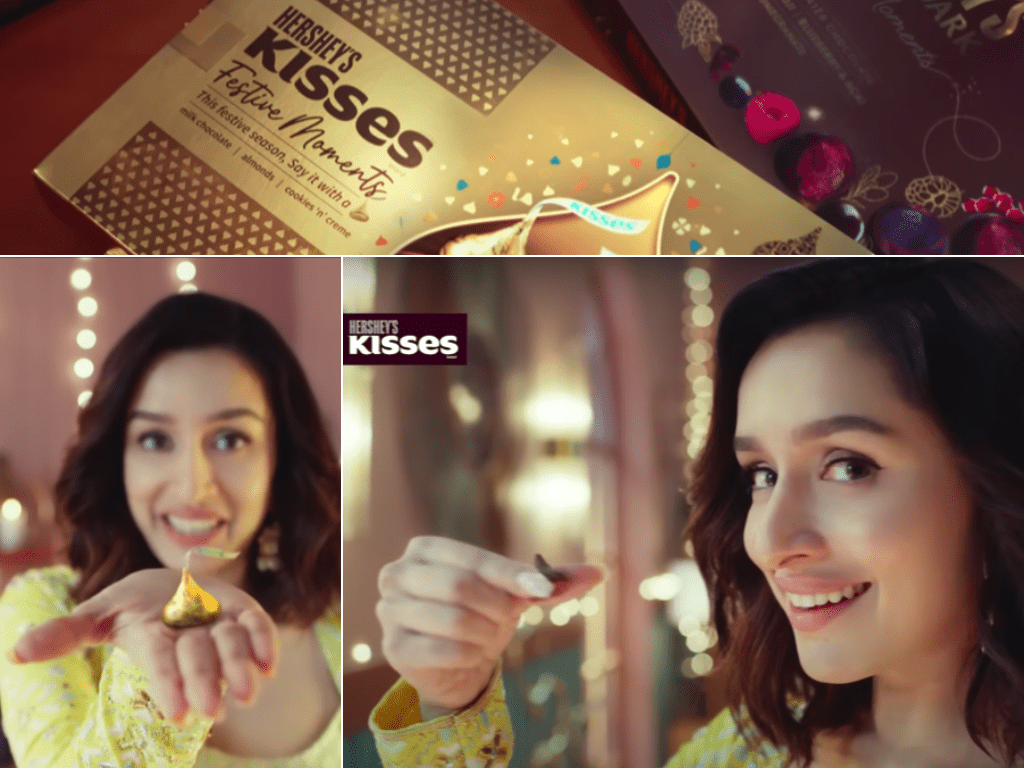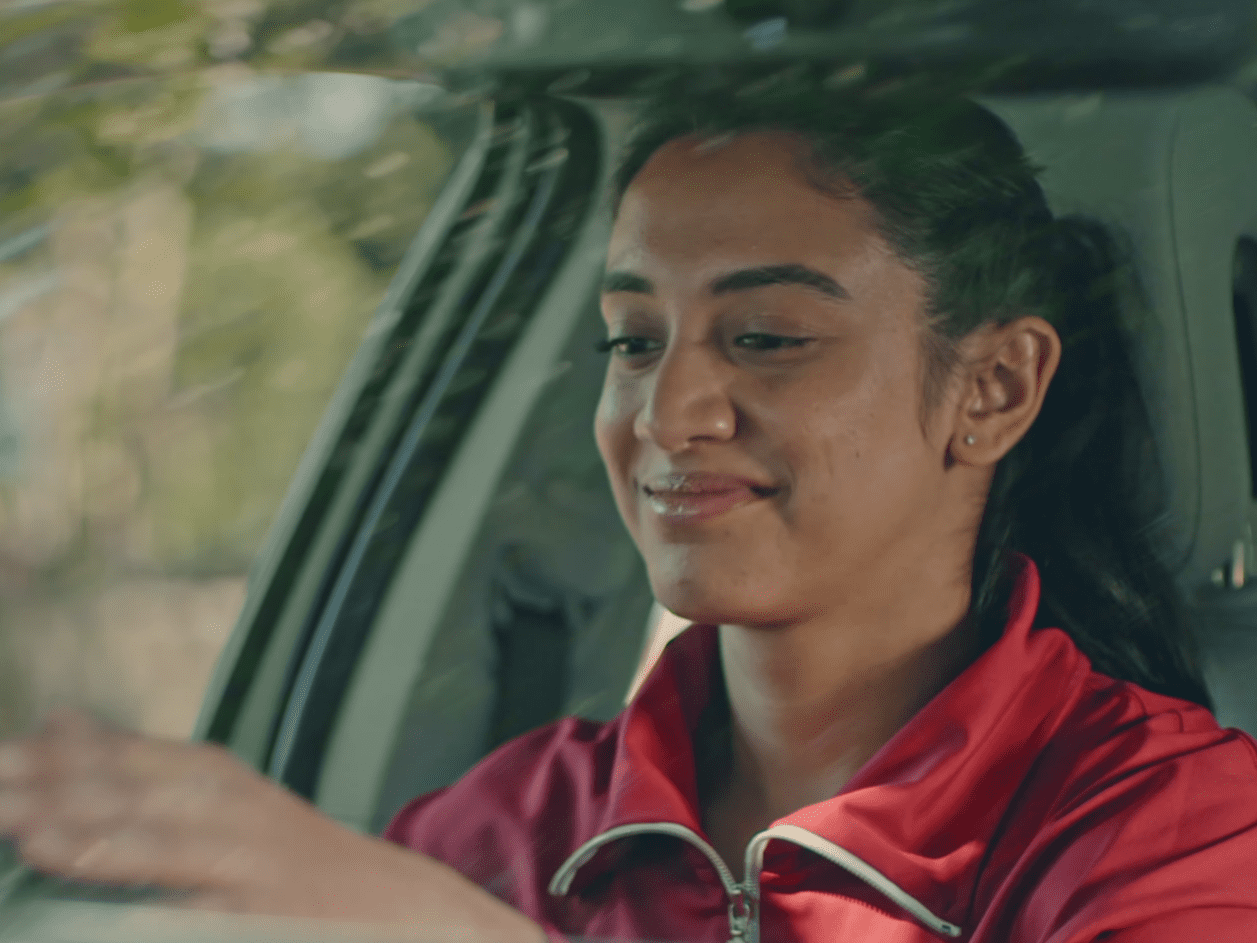In the world of video making, both shutter speed and frame rates play an important role in determining how the video will look. They are two very closely related terms and are often the cause of major confusion among videographers. The confusion is also justified as there are too many numbers to take care of when shooting a video and many of them look and sound very similar: 24p vs. 1080p; 1/30 shutter speed vs. 30 frames per second etc.
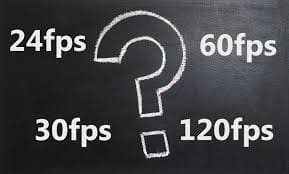
However, having clarity about these concepts can bolster your video making game. This article is here to clear your doubts regarding frame rates and shutter speed and also guide you with regards to how and when to use these for your video projects.
Frame Rate
To clear the basics about frame rate, let’s go back to our childhood for a while. Most of us were fascinated by the little flipbooks that were available in the market where every page had an image and when we flipped through those pages quickly, a final animation would occur.
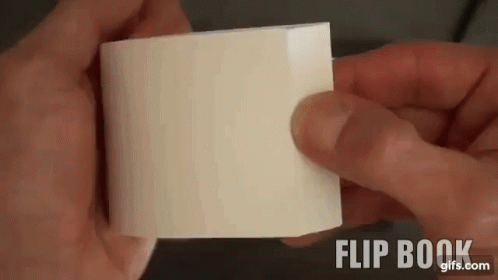
Whether it is our childhood flipbook or current DSLR, this is how the basic principle of video works – it is a series of static images that, when viewed in order at a certain speed, give the appearance of motion. Each of these static images is known as a “frame”.
Frame rate, then, would be the speed (rate) at which these pictures appear. It is mostly expressed as FPS or “frames per second”. So when a video is taken and played back at 30fps, it means that the video shows 30 separate images in each second. How smooth the motion is, depends on the speed at which the images are shown.
Frame rate has a huge impact on the style of the video. Hence choosing a frame rate means taking into consideration various factors such as how realistic you want your video to be or whether or not you want to implement techniques like slow motion or motion-blur effects.
Shutter Speed
The amount of time for which each frame gets exposed is called the shutter speed. Shutter speed is almost always a fraction of a second in the case of videography. The denominator of this fraction of a second is the number that is used in setting the camera’s shutter speed. For example, if the shutter speed is set at 60, it means that each frame is getting exposed for 1/60th of a second.
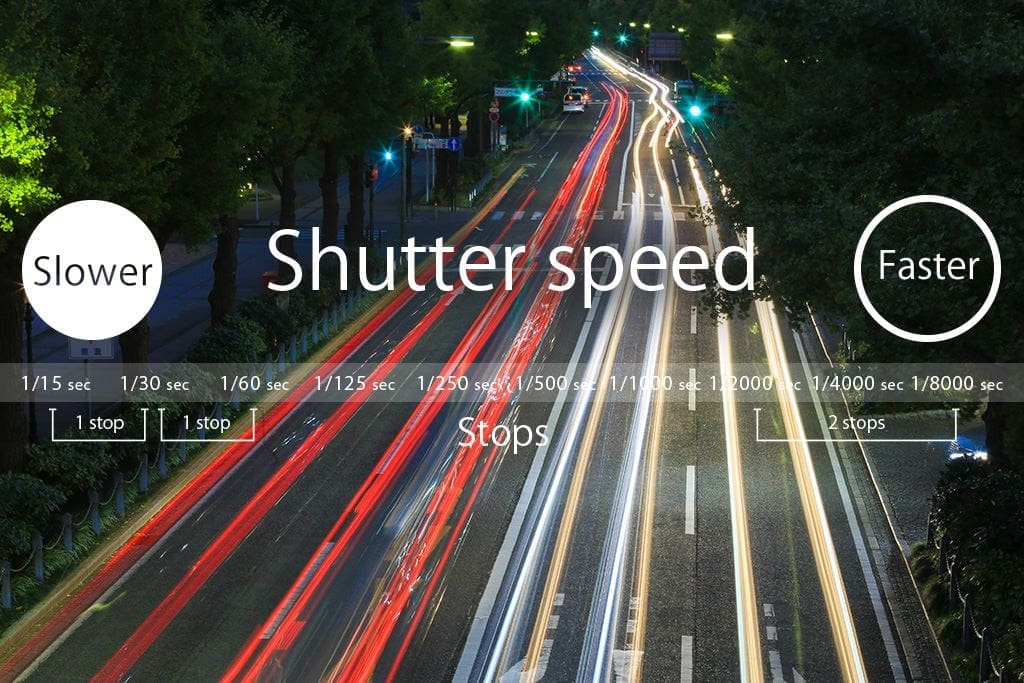
Another way to look at it is that the faster the shutter speed, the less light enters the camera. The more light there is, the slower the shutter speed.
The Relation between Frame Rate & Shutter Speed
People often mistakenly equate frame rates with shutter speed. That is, they think they are shooting 100 frames per second if they are shooting with a shutter speed of 1/100th. That is not at all the case. Depending on the camera you are using and the frame rate you have selected, you are probably shooting at 24, 25 or 30 frames per second and exposing each frame for 1/100th of a second.
For most of your shooting, you must choose a shutter speed that is twice the frame rate (technically, it’s the denominator that is twice. So, if you’re shooting at24 fps, ideally you should shoot at 1/48 or just 48 on your settings). This is known as shooting at a 180-degree shutter angle. This is done to achieve a “normal” motion blur. By shooting at a lower angle you will get a more ‘dreamy’ look and a higher angle will give you that staccato look (made famous in that glorious opening of “Saving Private Ryan”).

Keep in mind to choose your frame rate based on the final delivery format that you want and for slow-motion requirements, vary your shutter speed to control the level of motion blur. Remember to take the light frequency into account too.
The frame rates that are recommended for internet videos are 24fps and 30fps because these are the best frame rates for the average bandwidth and display combination. You should set your shutter at 1/60 for 30fps. For having the option of slow motion, you should shoot at 60fps or higher.
All the above information is the basics of filmmaking and although for some it might not be new, it is always great to go back to basics! Because only when you know all the rules well, can you dare to break them and have fun in your own creative way.


